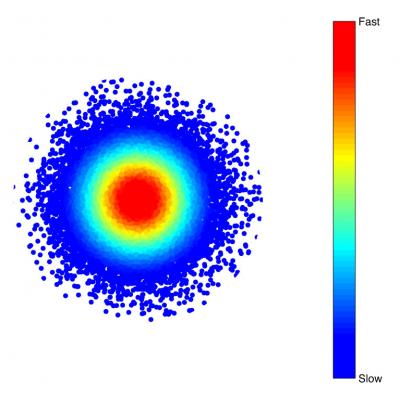Tumors acquiring resistance is one of the major barriers to successful cancer therapy. Feng Fu, Sebastian Bonhoeffer (ETH Zurich) and their collaborator Martin Nowak (Harvard) use mathematical models to characterize how important aspects of tumor microenvironment can impair the efficacy of targeted cancer therapies.
Failure of cancer therapy is commonly attributed to pre-existing resistant mutants already present prior to treatment. However, the research publishing this week in PLOS Computational Biology highlights the important role of tumor sanctuaries in the rapid acquisition of resistance.
The authors offer an in silico model for predicting treatment outcomes that depend on the tumor microenvironment within a solid tumor or across metastases. The results show that resistance in non-sanctuary sites is likely originated from sanctuaries with little drug exposure.

Tissues where tumor growth is fastest are most affected by drugs, whereas tissues where growth is slow may be tumor sanctuaries. It is these sanctuary sites that are the breeding ground of resistance.
There is increasing evidence that the tumor microenvironment influences cell sensitivity to drugs mediating the evolution of drug resistance. The results provide new insights into understanding why cancers tend to quickly become resistant, and that cell migration and the presence of sanctuary sites with little drug exposure are essential to this end.
The researchers say: "In order to improve our ability to fight against cancer, not only we should search for more effective therapies that sufficiently target tumor genetic heterogeneity, but also such efforts will have to be paralleled with finding novel delivery approaches aimed at eliminating potential tumor sanctuaries."
Citation: Fu F, Nowak MA, Bonhoeffer S (2015) Spatial Heterogeneity in Drug Concentrations Can Facilitate the Emergence of Resistance to Cancer Therapy. PLoS Comput Biol 11(3): e1004142.doi:10.1371/journal.pcbi.1004142




Comments